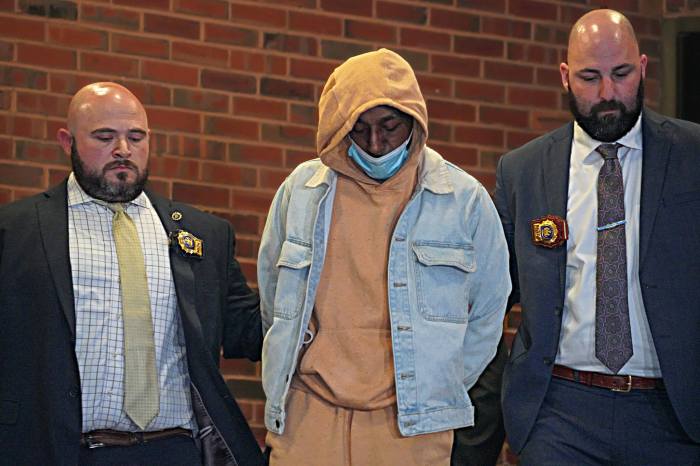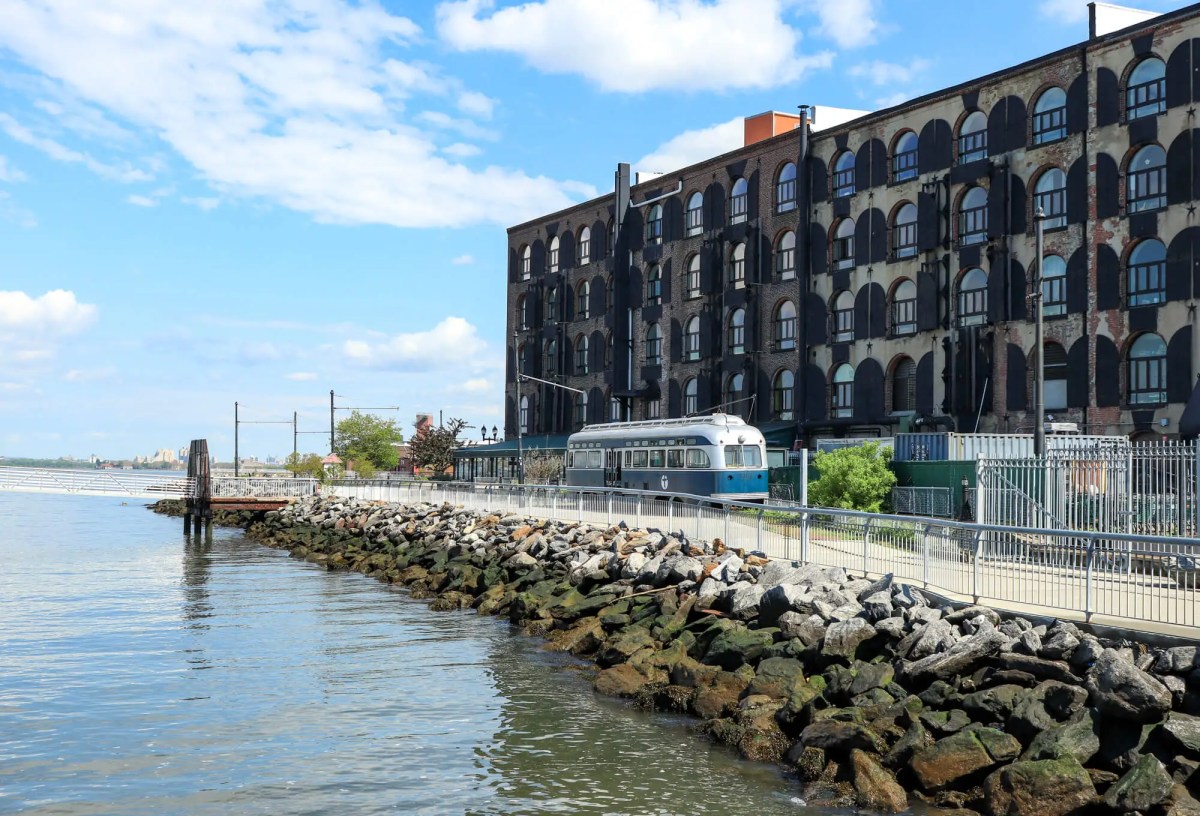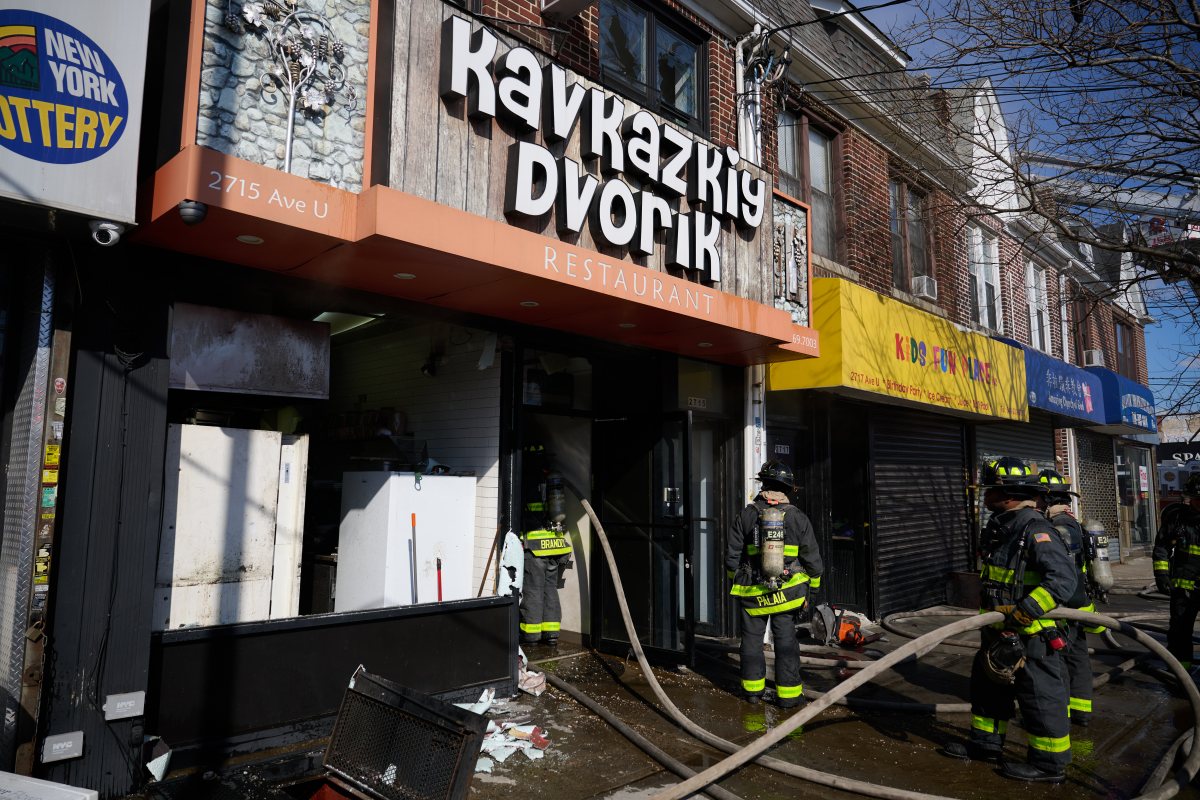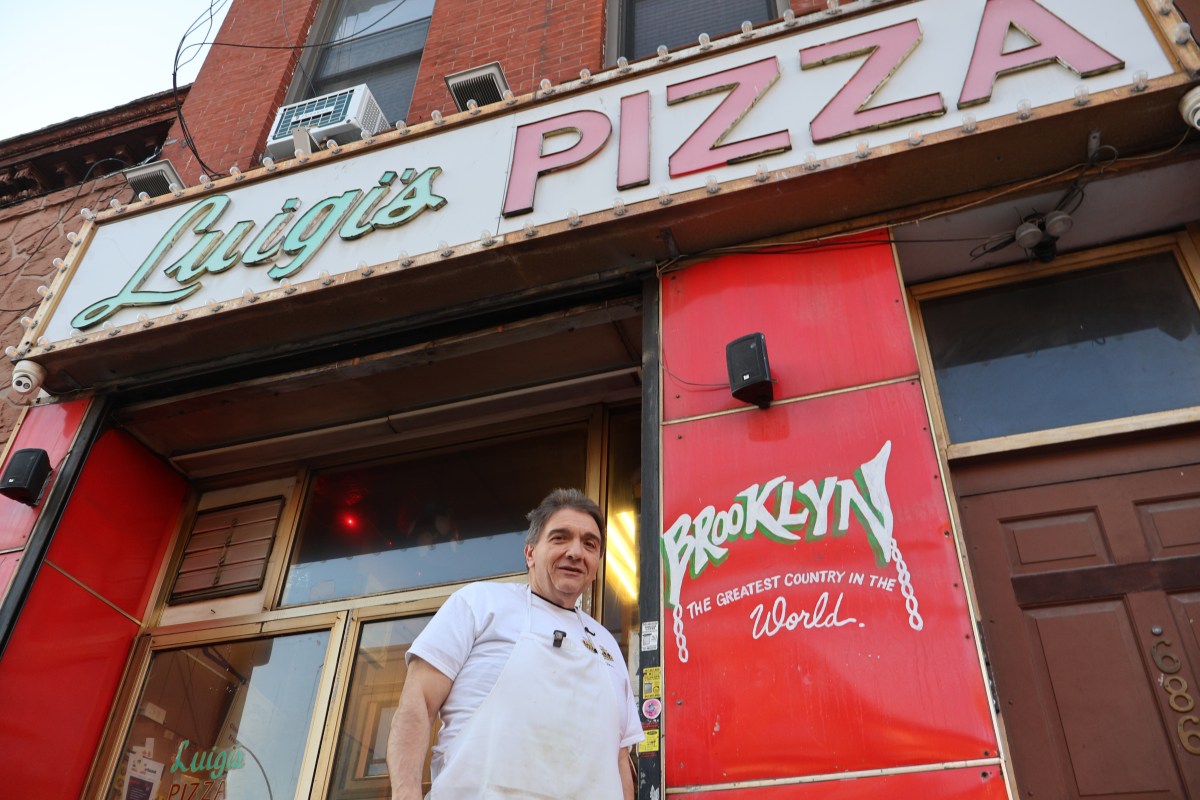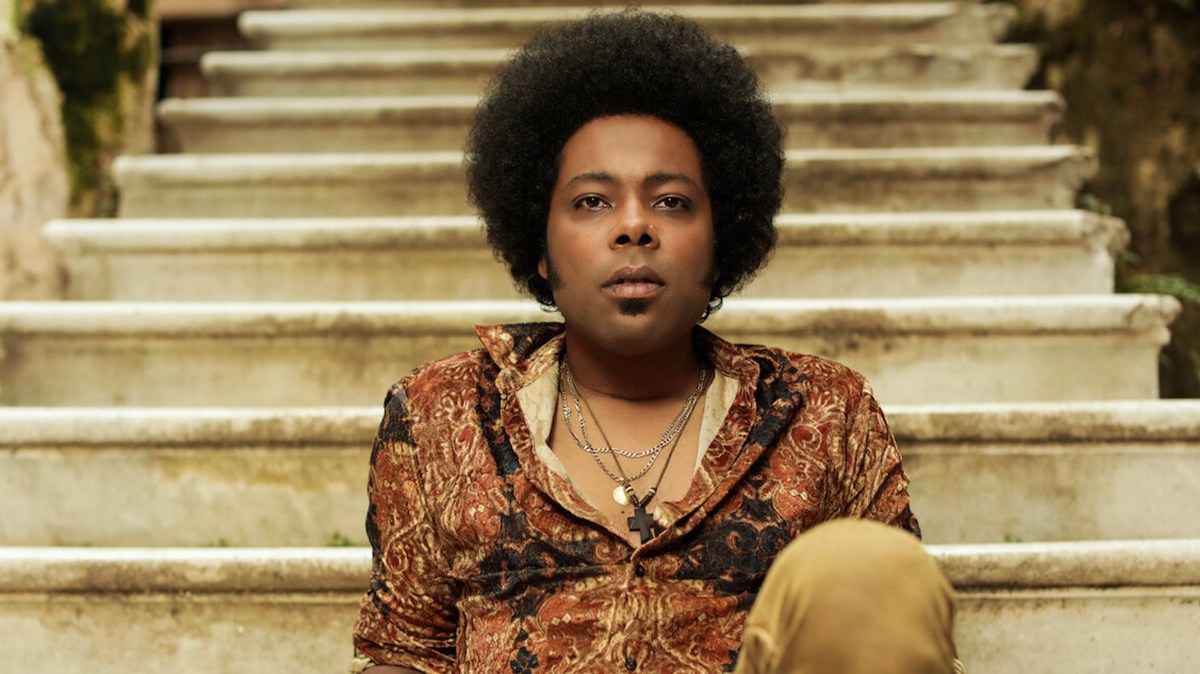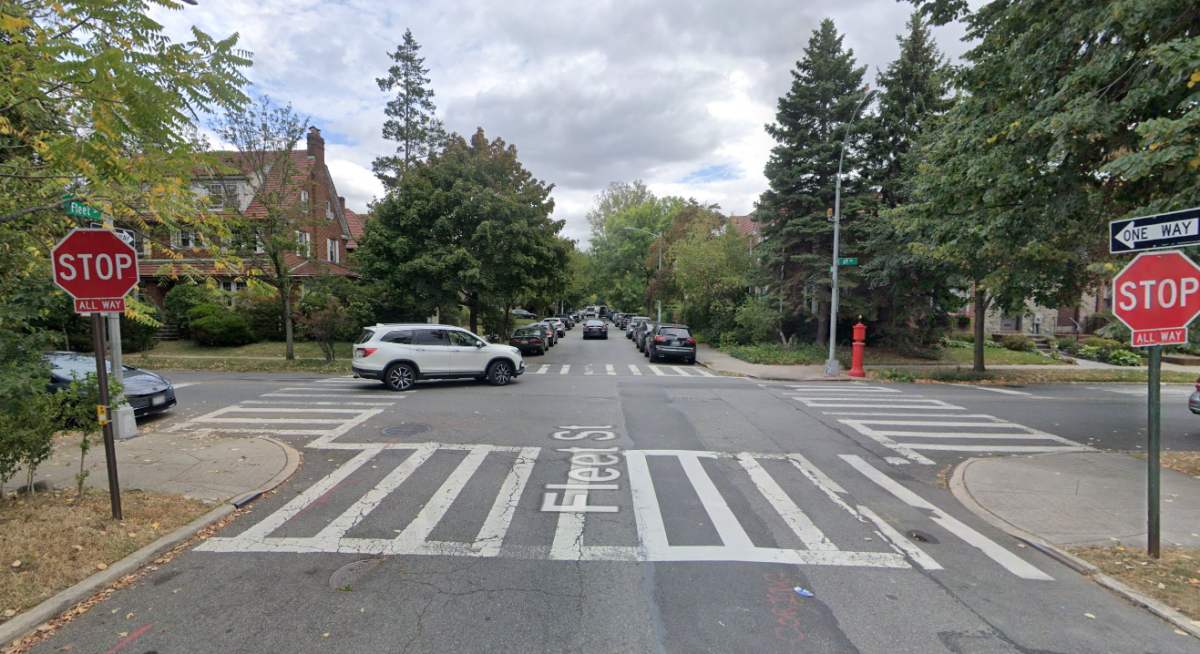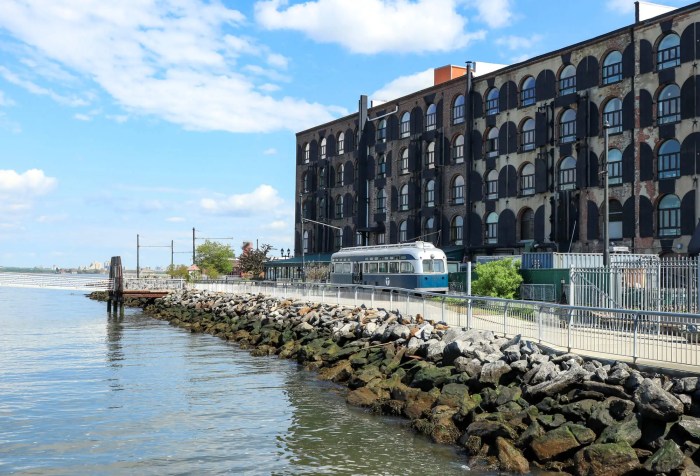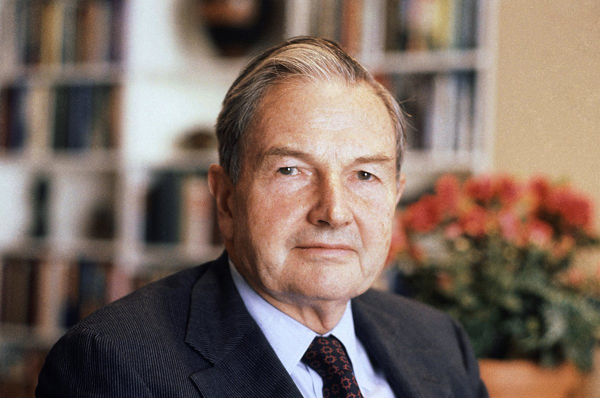
Banker and philanthropist David Rockefeller, who died on March 20 at age 101, is regarded by many as one of the founding fathers of Downtown’s resurgence, dating from his push to keep the headquarters of Chase Manhattan Bank in Lower in the late 1950s.
BY COLIN MIXSON
Billionaire philanthropist and tireless promoter of Lower Manhattan David Rockefeller died at his upstate home in Pocantico Hills on march 20. He was 101 years old.
In his time, David carried the Rockefeller name — synonymous with wealth, charity, and power — further and wielded it with greater influence than perhaps any other heir of the legendary founder of the Standard Oil Company and America’s first billionaire, his father, John D. Rockefeller, Jr.
As chairman and CEO of Chase Manhattan Bank, Rockefeller played a pivotal role in the revitalization of Lower Manhattan in the decades following World War II, a conflict in which the tycoon heir served as an enlisted man doing intelligence work for the army in North Africa and France.
As much in decline then as it is on the ups today, the Lower Manhattan of the 1950s was a place businesses were looking to escape, choosing instead to site their posh, stately headquarters in Midtown. But in the 1950s, Rockefeller began lobbying a skeptical Chase board to seek out Downtown accommodations rather than Midtown offices with a view of Central Park — and in 1960, 1 Chase Manhattan Plaza on Liberty Street celebrated its grand opening.
The decision to invest in Downtown was not without its risks, Rockefeller said later.
“In retrospect, it was a risky decision, but we hedged our bets by trying to convince others that remaining Downtown was not only in their best interests but also in the best interests of the community as a whole,” Rockefeller told the Downtown Alliance in an interview. “Our commitment to both stay and build a new headquarters convinced a number of other banks, brokerage houses, and, indeed, the New York Stock Exchange, to remain Downtown and to upgrade their own facilities.”
In the year’s proceeding the bank headquarters’ opening, Rockefeller looked to shore up the neighborhood’s waning prestige, and gathered support from other Downtown business leaders to create the Downtown-Lower Manhattan Association, which advocated for numerous high-profile developments, most notably the World Trade Center, and more recently, the post-9/11 rebuilding in the wake of the Twin Towers’ destruction, according to the Downtown Alliance.
Rockefeller spent a large part of his tenure as Chase’s leader abroad, expanding the bank’s reach into unlikely places, such as the Soviet Union and Communist China. But as international dealings dominated Rockefeller’s time, trouble brewed at home. Chase invested heavily in New York City securities at a time when the city flirted with bankruptcy, and the bank was embroiled in scandal following a 1974 audit the discovered the bank had underreported losses from bond trading, according to a New York Times report.
Following the troubling audit, Chase’s earnings fell 36-percent as arch-rival Citibank gained ground, but Chase recovered in the later part of the decade before Rockefeller stepped down as CEO in 1981.
Rockefeller is survived by his four daughters and two sons. Margaret, is wife of 55 years, died in 1996.



